All over our community, children are abused and neglected. When that happens, and it is determined that the children are not safe, they enter the child protection system. In Hamilton County, this system includes Hamilton County Job & Family Services — which initially takes custody of the child — and the Hamilton County Juvenile Court — which determines who ultimately will raise the child.
ProKids is in a unique role: our trained volunteers, who are appointed by the court to specific cases, can connect all the pieces in these children’s lives to help everyone look out for the best interest of the child. What is the best interest of the child? It is a safe, permanent and nurturing home where they can thrive.
In a single year, more than 4,000 children are involved in the child protection system in Hamilton County. That means that right now ProKids can only directly serve about a quarter of these children.[1]
Out of every thousand kids in Ohio, about 7 are abused and neglected.[2]
In Ohio, children of color are overrepresented in foster care, making up 44 % of kids in custody when they are only 18 % of Ohio’s child population.[3]
While there are limited studies about harm to children in foster care, we know that nearly 1/3 of foster children later report abuse and neglect occurred. [4]
Nationally, 19% of new children entering foster care are under the age of 1.[5]
LGBTQ youth are also over-represented in the national child protection system and, once in foster care, are more likely to run away or live on the streets.[6]
About a third of foster children will spend more than two years in care.[7]
Across Ohio in the past decade, there’s been more than a 30% increase in the number of children in foster care, mostly due to the opioid crisis.[8]
More than 1,800 children in our country will die from abuse and neglect each year. That’s one child every 4 1/2 hours.[1]
Research and data show that children in foster care don’t do well in school[2] and don’t have healthy relationships.[3][4]
They also lose between 3 and 6 months of academic progress with every move.[5]
Nationally, children in foster care move one time for every year they are in care.[6]
Only 63% graduate from high school by age 18 and less than 10 percent ever go on to earn a college degree.[7]
[1] HHS report 2018
[2] Jacob, Brian A., and Joseph Ryan. “How Life Outside of a School Affects Student Performance in School.” Brookings, Brookings, 10 Apr. 2018, www.brookings.edu/research/how-life-outside-of-a-school-affects-student-performance-in-school/.
[3] Clark, C., Classen, C. C, Fourt, A., & Shetty, M. (2015). Treating the trauma survivor: An essential guide to trauma-informed care. NY: Routledge.
[4] Berkowitz, S. J. (2012). Childhood trauma and adverse experience and forensic child psychiatry: The Penn center for youth and family trauma response and recovery. Journal of Psychiatry & Law, 40, 5-22.
[5] Lahey, Jessica. “Every Time Foster Kids Move, They Lose Months of Academic Progress.” The Atlantic, Atlantic Media Company, 28 Feb. 2014, www.theatlantic.com/education/archive/2014/02/every-time-foster-kids-move-they-lose-months-of-academic-progress/284134/.
[6] Fisher, Philip A, et al. “A Translational Neuroscience Perspective on the Importance of Reducing Placement Instability among Foster Children.” Child Welfare, U.S. National Library of Medicine, 14 Apr. 2015, www.ncbi.nlm.nih.gov/pmc/articles/PMC4396742/.
[7] The Legal Center for Foster Care and Education. “Fostering Success in Education: National Factsheet on the Educational Outcomes of Children in Foster Care.” FosterEd, 13 Apr. 2018, foster-ed.org/fostering-success-in-education-national-factsheet-on-the-educational-outcomes-of-children-in-foster-care/.
[1] Information published annually by Hamilton County Jobs and Family Services
[2] Children Abused and Neglected: Kids Count Data Center. datacenter.kidscount.org/data/tables/10467-children-abused-and-neglected?loc=37&loct=5#detailed/2/any/false/37/any/20174,20175.
[3] Chiby Design and The Columbus Foundation. “How Racism in the Ohio Child Services System Impacts the Lives of Individuals Involved.” ODJFS Racism OCS Final Report, 2020, jfs.ohio.gov/ocf/Pub-ODJFSRacismOCSFinalReport.stm.
[4] Youthlaw.org. “Foster Parents: Who Are They and What Are Their Motivations?” National Center for Youth Law, 7 May 2015, youthlaw.org/publication/foster-parents-who-are-they-and-what-are-their-motivations/.
[5] “Children Entering Foster Care by Age Group: KIDS COUNT Data Center.” KIDS COUNT Data Center: A Project of the Annie E. Casey Foundation, datacenter.kidscount.org/data/tables/6270-children-entering-foster-care-by-age-group#detailed/1/any/false/37,868,867/1889/13037,13038.
[6] Baams, Laura, et al. “LGBTQ Youth in Unstable Housing and Foster Care.” Pediatrics, vol. 143, no. 3, 2019, doi:10.1542/peds.2017-4211.
[7] “Foster Care Statistics 2018.” ChildWelfare.gov, May 2020, www.childwelfare.gov/pubPDFs/foster.pdf.
[8] Wiltz, Teresa. “Foster Care Adoptions Reach Record High.” The Pew Charitable Trusts, 7 Jan. 2020, www.pewtrusts.org/en/research-and-analysis/blogs/stateline/2020/01/07/foster-care-adoptions-reach-record-high.
Sophie was 5 years old when someone in the apartment below her called 241-KIDS (the child abuse hotline in Hamilton County) to report suspected physical abuse.
From Sophie’s perspective, this is what happened next: There was a knock at the door, and a police officer and social worker entered, looking grim and determined. There was confusion, then an angry conversation between her mother and the adults. Sophie watched from a corner as one stranger talked to her mother and then sorted through the clothes, toys, and debris scattered throughout the apartment.
A few clothes and belongings were thrown together and Sophie’s mother said good-bye. There wasn’t much time to think about what to pack or to go searching for a favorite blanket or stuffed animal. There was definitely not enough time for Sophie to truly understand what was going on.
Before she knew what had happened, Sophie was in an unfamiliar car, looking through the rear window as her home disappeared from view. Where was her Pooh Bear? She wanted to ask for it, but she kept quiet because she was scared.
Sophie saw many new people that night. As she sat in the caseworker’s office, someone brought her a sandwich in a triangular packet sealed with film. Sophie poked the film with her fingertip and saw her own reflection too easily drain away and reappear. The caseworker made four phone calls, finally contacting an aunt who was willing to take Sophie.
How a CASA Volunteer can make a difference: Several days later, the court assigned Kathy, a ProKids, CASA Volunteer, to advocate on Sophie’s behalf. Kathy immediately went to meet Sophie and find out how she was coping.
“From the moment I walked in the door, I noticed that Sophie looked afraid,” remembers Kathy. “Something wasn’t right.” In the two hours Kathy was there, several young men were in and out of the apartment. Even though it was Kathy’s first case, she felt something was going on.
On a hunch – and with the advice of her CASA Manager – Kathy called the police. It turned out the police had been watching the aunt’s home as a suspected crack house. Just days earlier they’d responded to a call and arrived at the house to find a domestic violence incident involving two intoxicated adults going on full swing in front of Sophie. It turned out Kathy’s hunch was right. She immediately called the caseworker and insisted Sophie be moved to a different home. And she was. Today, Sophie is a safe, happy 6-year-old, far away from drugs and violence.
ProKids works to create a new cycle of growing up safe and secure, fundamentally changing the future for children and for Greater Cincinnati:
Recruiting, Training and Supporting Community Volunteers
CASA volunteers — Court Appointed Special Advocates — are each assigned to a child who has been placed in the child protection system. Through no fault of their own, these children are taken from their homes and move into foster care. CASA Volunteers speak up for these children and are the heart of our advocacy at ProKids.
Mobilizing Advocacy Teams
Passionate staff, CASA Managers and attorneys work with each CASA Volunteer to advocate in Hamilton County Juvenile Court for every child’s right to be safe, treated with dignity and to thrive in a secure, loving home.
Involving Others in the Community
Additional volunteers assist by providing support in the ProKids office, donating needed items and serving in other ways.
Attracting Donors
By increasing awareness of child abuse and neglect, we draw financial support from our community.
Proving Our Effectiveness
ProKids tracks Outcome Measures for all of our children. These are updated each winter for the previous year.
Creating Alliances
Within the community, ProKids works with other child advocates, as well as schools, health care providers, mental health clinics and any and all entities that can help our children.
A CASA Volunteer is a Court Appointed Special Advocate — a trained volunteer who advocates on behalf of the best interest of a child in the foster care system. A child in foster care has occasional court hearings where important decisions are made regarding the child’s future, including educational and medical needs, visits with family, and, most importantly, where the child will ultimately live. Every adult in the courtroom has someone representing him or her. Who speaks up for the child? This is where a CASA Volunteer comes in.
Before being assigned to a child, each CASA Volunteer has an extensive background check and completes a training program. After being assigned to a child, the CASA Volunteer establishes a relationship with the child, investigates and watches over the child, and challenges the system to provide what is in the best interest of the child. The CASA Volunteer makes recommendations about services, living arrangements, and who should raise the child. The CASA Volunteer makes these recommendations most specifically to the Hamilton County Juvenile Court, which makes the final decisions about these children.
While working on a case, ongoing continuing education training is also required.
Our hope is to reunite children with parents who have learned to live differently, or, when possible, place them with relatives. The third option is to free these children for adoption.
A CASA Volunteer’s primary focus is getting children the help they need to heal. They work to move children out of the system and into a safe, permanent, and nurturing home. When a child’s case comes before the court, a CASA Volunteer ensures the child’s needs are heard and that the child’s interests are not lost in an overburdened system.
For the Media
For media issues, please contact Communication & Gathering Director Amanda Schneider at 513-487-4956.
ProKids is a nonprofit organization in Hamilton County, Ohio, that mobilizes the community by training and supporting volunteers who break the vicious cycle of child abuse and neglect. ProKids Court Appointed Special Advocates (CASA Volunteers) speak up for abused and neglected children, guiding them to safe environments where they can thrive.
Since 1981, ProKids has changed the arc of children’s lives through engaged volunteers, a proactive staff and a Committed Community. We work to create a new cycle of growing up safe and secure, fundamentally changing the future for children and for Greater Cincinnati. This is demonstrated by our Outcome Measures, updated each year.
ProKids is one of more than 900 CASA programs nationwide, and part of the National CASA Association.


 Like us on Facebook
Like us on Facebook Send us an email
Send us an email
